What is the best way to apply a wallhanging sleeve for a holiday panel? I have read several methods, but would like to hear from those who have made them. Cynret
Conversational Threads
Threads Insider
Get instant access to hundreds of videos, tutorials, projects, and more.
Start Your Free TrialAlready an Insider? Log in
Conversational Threads
Highlights
-
Sign up for the Threads eletter
This site is protected by reCAPTCHA and the Google Privacy Policy and Terms of Service apply.See all newsletters -
 Sponsored Content
Sponsored Content
Where to Buy
-

-

-

-

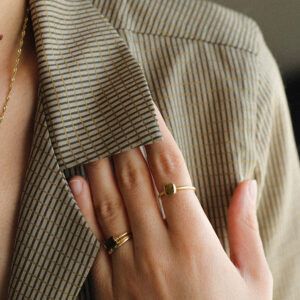
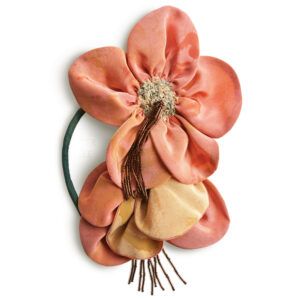

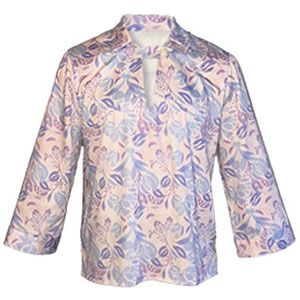
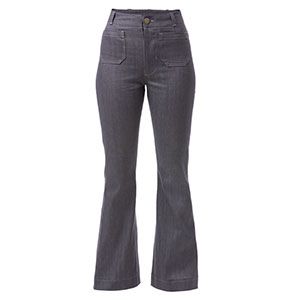

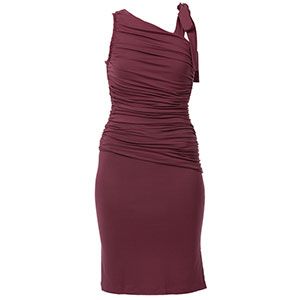
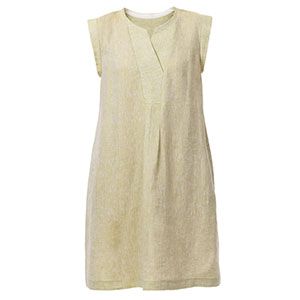
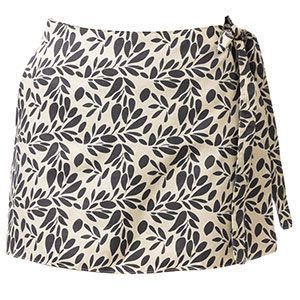
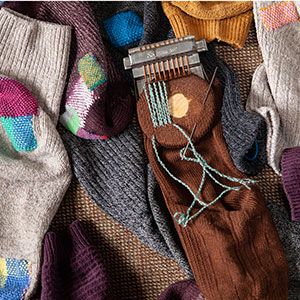
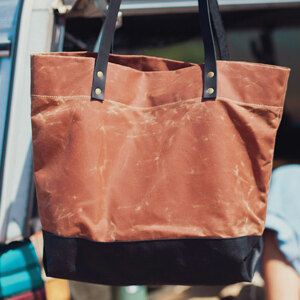
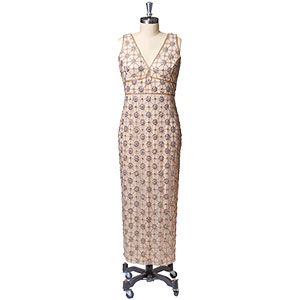
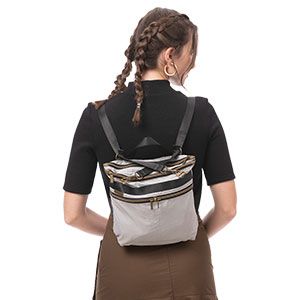










Replies
Hello. I've done a number of wallhangings, but am no expert. I would suggest that you finish the wallhanging as normal, then make a sleeve that is about 1 inch narrower than the wallhanging. I would then handsew it just below the top of the wallhanging (at the top and bottom of the sleeve). You could then put a piece of ribbon through it to act as a hanger or make a fabric hanger and attach it as you're sewing the sleeve on. I'm sure that's clear as mud. Good luck!
Nicole
Here's a slick way for incorporating your hanging sleeve into the construction of your wall hanging with little or no hand stitching required. After quilting the wall hanging, but before applying the binding:
1. Measure the width of the outer border. Cut a piece of fabric 1 inch wider than the outer border, and 1 inch shorter than the finished width of the wall hanging.
2. Press under 1/4 inch on each (short) end of the piece. Press under 1/4 in again and stitch close to the edge to secure......the side with the folded edges becomes your "wrong" side.
3. With chalk or other marking tool, draw a line 1/2 inch above the
4. Pin or baste the sleeve to the back of the quilt - wrong side of sleeve to quilt backing on a line approximately 1/2 inch above the seam where the outer border joins the quilt (1/2 inch into the outer border).
5. Turn the quilt over. From the RIGHT side of the quilt, stitch in the ditch along the outer border seam. (I often use monofilament for this, as it adds the least bulk, but you can also use matching thread). If you have used conventional strip border (not mitered), you can stitch clear across the quilt. If not, you will have "flaps" on either end of the sleeve that will need to be tacked down by hand.
6. Turn the quilt back over to the back side. Gently press the sleeve up along the stitching line. (Don't press too hard, or you will flatten your quilting on the right side). If you have the "flaps" described above, this is the time to hand stitch them in place.
7. Using a long stitch, machine baste the sleeve to the top edge of the quilt, using a 1/4" seam allowance (or 1/8" less than your planned seam allowance). Turn the quilt back to the right side, and with a rotary cutter and ruler, trim the excess sleeve so that the top edge is even. Depending on the weight of your fabrics, you may want to grade this seam allowance before applying the binding.
8. Apply your binding.
9. Insert a slat, rod, or dowel, hang your quilt and enjoy the compliments!
This post is archived.